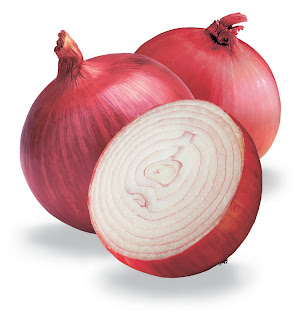 Photo credit: SmittenKitchen.com
Photo credit: SmittenKitchen.com
You know that fabulous ginger dressing you’re always served with your small salad at a Japanese restaurant? The one that is so fresh and tastes so amazingly perfect on the few simple greens it’s covering? This is even better than that.
Apparently, it originated in one of Gwyneth Paltrow’s GOOP.com newsletters…and then was adapted by one of my favorite food bloggers (whom you can check out at SmittenKitchen.com) …and now here it is from me to you!
The first time I made this I didn’t have miso in the house – so I used tahini instead. It turned out to be “just okay” – it was a little heavy, not very bright. I was looking for more zing. I didn’t want to give up until I’d tried it as written and I’m SO glad I didn’t! This is really, really delicious. The recipe specifies a combination of vegetables over which to serve it but I’ve been dolloping it on any salad combination I can think up and it hasn’t disappointed me yet. So if you are not an avocado fan, fear not! Use your culinary imagination for the salad itself, but DO try this dressing.
Miso, in case you are wondering, is a traditional Japanese seasoning that comes in a thick paste. You can find it in the refrigerated section of Whole Foods or other grocery stores (usually within the organic section). It is most often made by fermenting soybeans but many other grains can be used as well. Miso soup is eaten daily in most Japanese households and miso makes its way into lots of other foods that are Japanese in origin. And as for this dressing? Don’t make it without it!
Avocado Salad with Carrot Ginger Dressing
As posted on SmittenKitchen.com
Serves 4+
1 large carrot, peeled and roughly chopped
1 small shallot, peeled and roughly chopped
2 Tbsp. roughly chopped fresh ginger
2 Tbsp. sweet white miso
2 Tbsp. rice vinegar
2 Tbsp. toasted sesame oil
1/4 c. grapeseed or another neutral oil (I used canola)
2 Tbsp. water
1 small/medium head of lettuce or mixed greens of your choice
1/4 red onion, thinly sliced
1 avocado, quartered (or cut into small chunks)
Mix the carrots, shallot and ginger in a blender or food processor until finely chopped. Scrape down the sides, then add the miso, vinegar and sesame oil. While the machine is running, slowly drizzle in the neutral oil and water.
Divide the lettuce among four bowls, add some of the onion and a quarter of the avocado. Drizzle with plenty of dressing and serve.

